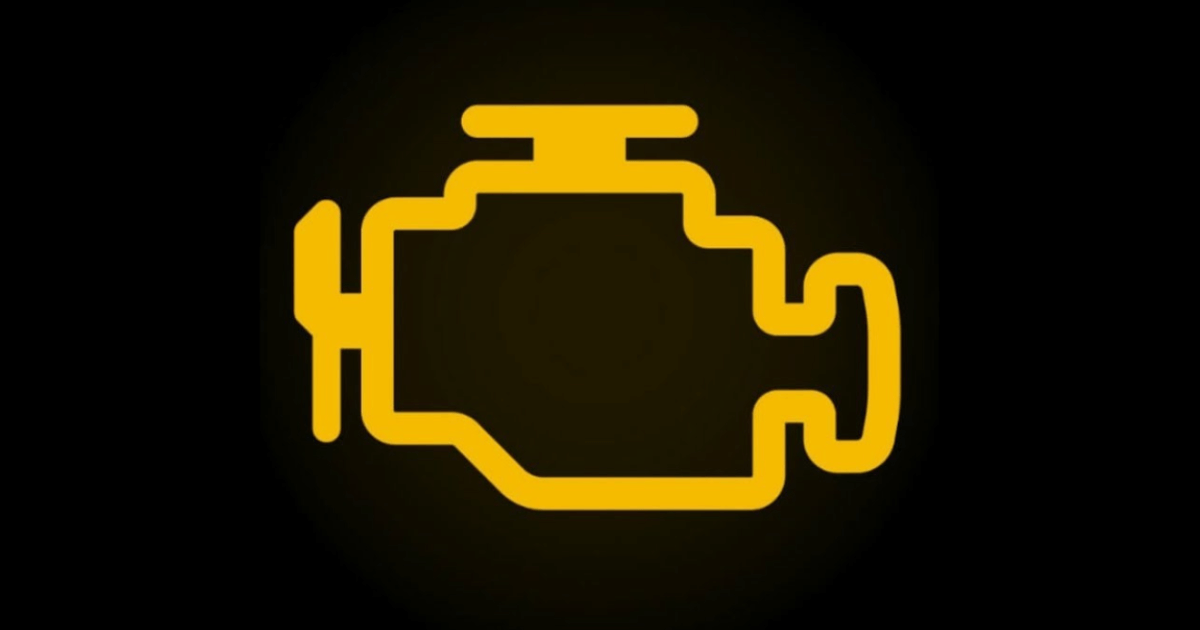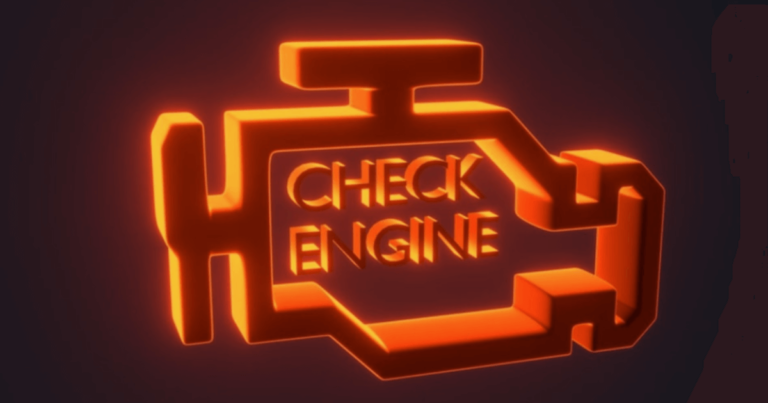Solid vs Flashing Check Engine Light: What’s the Difference?
Your check engine light is a warning system for potential engine problems, but not all check engine lights mean the same thing. A solid check engine light usually indicates a less urgent issue, while a flashing check engine light signals a serious problem that requires immediate attention. But which one is worse and what should you do when you see either? Let’s break it down.
Solid vs Flashing Check Engine Light: What’s the Difference?
| Check Engine Light Type | Meaning | Severity | Action Needed |
|---|---|---|---|
| Solid (Steady) | A minor issue like a faulty sensor, emissions problem, or fuel mixture issue. | Moderate | Continue driving cautiously, but diagnose soon. |
| Flashing | A severe issue like an engine misfire, fuel system failure, or catalytic converter damage. | High (Urgent) | Stop driving immediately and get repairs. |
What Does a Solid Check Engine Light Mean?
A steady check engine light flashing usually means there’s an issue that needs to be checked but it’s not an emergency.
Common Causes:
- Faulty Oxygen Sensor – Can affect fuel efficiency.
- Loose or Bad Gas Cap – May cause minor emissions issues.
- Bad Mass Airflow (MAF) Sensor – Can affect acceleration.
- Worn Spark Plugs – Might cause minor misfires.
- Catalytic Converter Inefficiency – Could reduce engine performance.
- EGR Valve Issues – May cause rough idling.
What to Do:
- Check for Performance Issues – If your car runs fine, it’s likely a minor issue.
- Scan for Trouble Codes – Use an OBD-II scanner to diagnose the exact problem.
- Monitor for Worsening Symptoms – If performance drops, get it checked ASAP.
Can You Drive with a Solid Check Engine Light? Yes, but you should diagnose and fix the issue soon to prevent long-term damage.
What Does a Flashing Check Engine Light Mean?
A flashing check engine light is a severe warning. It means the engine is misfiring badly, sending unburned fuel into the exhaust which can damage the catalytic converter and other components.
Common Causes:
- Severe Engine Misfire – Causes vibrations and power loss.
- Bad Ignition Coils or Spark Plugs – Fails to ignite fuel properly.
- Clogged or Failing Fuel Injectors – Disrupts fuel delivery.
- Low Fuel Pressure (Failing Fuel Pump or Filter) – Starves the engine of fuel.
- Timing Belt or Chain Issues – Disrupts combustion cycle.
- Catalytic Converter Damage – May overheat or clog.
What to Do:
- Stop Driving Immediately – Pull over safely.
- Check for Smoke or Burning Smell – Indicates engine or exhaust overheating.
- Scan for Trouble Codes – Use an OBD-II scanner for a quick diagnosis.
- Tow Your Car to a Mechanic – Driving with a flashing check engine light can destroy your engine or catalytic converter.
Can You Drive with a Flashing Check Engine Light? No! Driving with a flashing check engine light can cause:
- Permanent engine damage
- Catalytic converter failure (costly repair!)
- Sudden vehicle shutdown while driving
Which is Worse: Flashing or Solid Check Engine Light?
A solid check engine light means there’s an issue that needs attention but is not an immediate emergency. A flashing check engine light means a critical failure is happening, and driving could cause catastrophic damage.
Conclusion
Understanding the difference between a solid vs. flashing check engine light is crucial. A steady check engine light means there’s a problem but your car is still drivable. A flashing check engine light is an emergency—stop driving immediately! Early diagnosis and repair can save your engine and your wallet.





